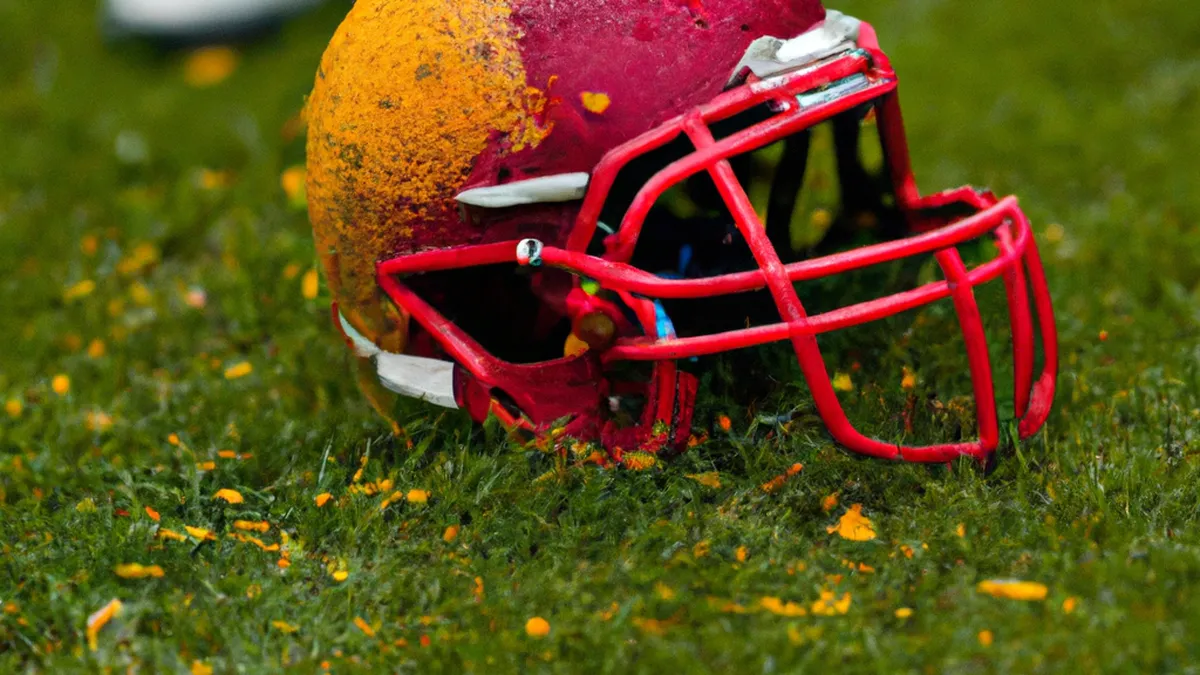Hormones: Key Players in Athletic Performance
Understanding the Impact of Hormonal Changes on Female Athletic PerformanceHormonal changes significantly influence female athletic performance. Women’s hormones fluctuate during menstrual cycles, pregnancy, and menopause, affecting energy levels, strength, and performance. Athletes must understand these impacts to optimize training and achieve their best results. This article explores menstrual cycle phases, hormonal effects on performance, and strategies for managing fluctuations effectively.
As an Amazon Associate I earn from qualifying purchases.
Gear tip: consider carb gels, protein bars, and soft flask to support this topic.
The Menstrual Cycle and Athletic Performance
The menstrual cycle has four distinct phases: menstrual, follicular, ovulation, and luteal. Each phase features unique hormonal shifts that affect physical and mental performance.
Menstrual Phase
The menstrual phase begins on the first day of menstruation and lasts until bleeding ends. During this phase, estrogen and progesterone levels drop, causing symptoms like cramps, fatigue, and mood swings. Some women feel drained, while others feel normal or energized.Athletes should listen to their bodies during this phase. Light exercises like yoga, walking, or gentle stretching can alleviate discomfort and improve mood. If fatigue is significant, prioritize rest and recovery over intensive workouts.
Follicular Phase
After menstruation, the follicular phase begins and lasts until ovulation. Rising estrogen levels increase energy, improve mood, and enhance strength. Athletes often notice better physical capabilities, making this optimal for intense workouts and strength training.Women should consider higher-intensity training sessions during the follicular phase. Focus on weightlifting, sprinting, or any challenging exercise. This phase provides an excellent opportunity to set personal records, as the body responds well to training stimuli.
Ovulation Phase
Ovulation occurs around day 14 in a standard 28-day cycle. During this phase, peak estrogen levels cause a surge in energy and strength. Many women feel their strongest during ovulation, making it ideal for competitions or high-intensity workouts.Athletes should schedule important competitions or challenging training sessions during ovulation. Increased energy and confidence can lead to improved performance and satisfaction in workouts.
Luteal Phase
The luteal phase follows ovulation and lasts until the next menstrual cycle begins. Rising progesterone levels may cause fatigue, mood swings, and cravings. Some women experience premenstrual syndrome (PMS), complicating training during this time.Recognizing these hormonal changes is critical for athletes.
Conclusion
Understanding hormonal influences helps female athletes optimize training and performance. By adapting to menstrual cycle phases, athletes can maximize their potential.
Below are related products based on this post:
FAQ
How do hormonal changes affect female athletic performance?
Hormonal changes significantly influence female athletic performance by affecting energy levels, strength, and overall performance. Fluctuations during the menstrual cycle, pregnancy, and menopause can lead to various physical and mental challenges that athletes need to manage for optimal results.
What are the phases of the menstrual cycle and their impact on training?
The menstrual cycle consists of four phases: menstrual, follicular, ovulation, and luteal. Each phase has unique hormonal shifts that can either enhance or hinder athletic performance, influencing the type of training and intensity that may be most effective during that time.
What should athletes do during the menstrual phase?
During the menstrual phase, athletes may experience symptoms like cramps and fatigue due to lower estrogen and progesterone levels. Light exercises such as yoga or gentle stretching can help alleviate discomfort, while prioritizing rest is advisable if fatigue is significant.















Post Comment